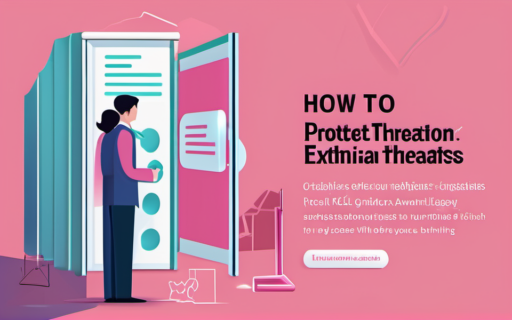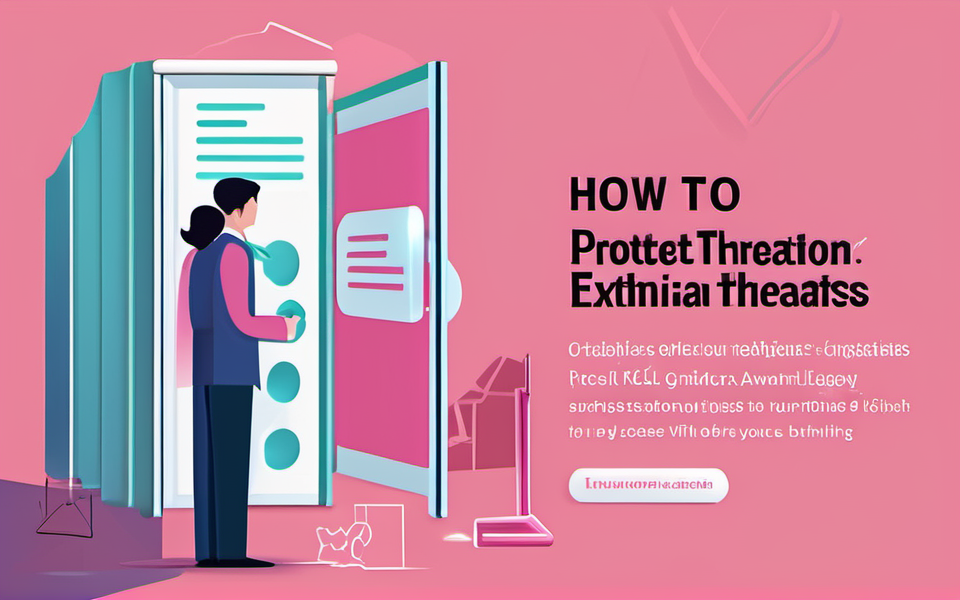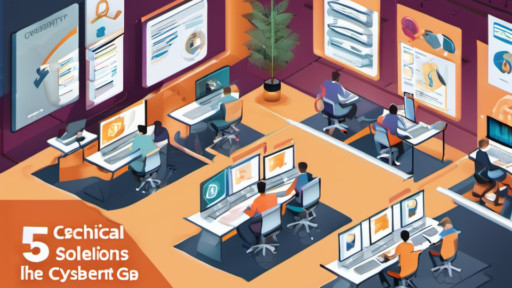You Think You’re Safe, But Are You? 🤫 The Shocking Truth About Insider Threats
Imagine this: you spend hours meticulously building your organization’s defenses, cybersecurity strategies, and risk management, creating an impenetrable fortress against the ever-present threat of external attacks. You’re confident, secure. Then, one day, disaster strikes. Not from a malicious hacker or a complex exploit, but from someone within your own ranks, a disgruntled employee or a well-intentioned but careless user. This, my friend, is the terrifying reality of insider threats.
The statistics are chilling: insider threats account for a significant portion of data breaches, causing devastating financial losses and reputational damage. It’s time to open your eyes and understand the true dangers lurking within your organization. This isn’t a case of paranoia, it’s a matter of smart security. So buckle up and prepare to learn the secrets to safeguarding your organization from the inside out.
Unmasking the Enemy Within: The Many Faces of Insider Threats
You might think insider threats are confined to malicious actors with clear agendas. While this is a real danger, it’s only the tip of the iceberg. There are numerous types of insider threats, each with its own motivations and potential impact:
1. Malicious Insiders:
These individuals have a deliberate intent to cause harm. They may be disgruntled employees seeking revenge, disgruntled ex-employees seeking revenge, competitors trying to gain an advantage, or individuals motivated by personal gain or ideological reasons.
- Common Motivations:
- Revenge for perceived wrongdoings.
- Financial gain, like stealing sensitive data for sale on the black market.
- Espionage or corporate sabotage to benefit a competitor.
- Extortion to gain personal leverage.
- Ideological beliefs that encourage harmful actions.
2. Negligent Insiders:
These individuals are often well-intentioned but lack awareness or make careless mistakes. They might accidentally compromise data due to poor password hygiene, social engineering attacks, phishing scams, or neglecting to update their software, inadvertently giving malicious actors a way in.
- Common Mistakes:
- Sharing sensitive information through unsecured channels.
- Falling victim to phishing scams.
- Downloading malware through malicious links.
- Leaving sensitive documents accessible to unauthorized personnel.
3. The “Accidental” Insider Threat
This type of threat is often overlooked but poses a real danger. Imagine a scenario where a departing employee takes critical company data with them on a personal laptop without malicious intent, simply forgetting to clear it before leaving. It might also involve employees losing devices containing sensitive information, creating significant security risks.
- Common Scenarios:
- Failing to clear work data from personal devices before leaving the company.
- Losing devices or physical media containing sensitive information.
- Leaving work laptops unattended in public areas.
Building an Impregnable Wall: The Pillars of Insider Threat Mitigation
You know the dangers, now let’s get practical. The key to defending your organization from insider threats lies in building a comprehensive, multi-layered approach. This means implementing a combination of technical controls and human-centric measures, effectively closing all the gaps in your security strategy.
1. Technical Defenses: Arming Your System for Battle:
- Strong Access Controls: Implement robust authentication systems that go beyond simple usernames and passwords. Consider multi-factor authentication (MFA), which requires users to provide multiple pieces of information before accessing sensitive systems.
- Data Loss Prevention (DLP): This powerful tool monitors data transfer and access activities, blocking the exfiltration of sensitive information.
- Intrusion Detection and Prevention Systems (IDPS): Monitor network traffic for suspicious patterns and block malicious activity.
- Endpoint Security: Secure every computer and device that connects to your network. Endpoint Detection and Response (EDR) tools can help detect and respond to threats, preventing them from spreading.
- Regular Security Audits: Conduct regular assessments of your security controls and vulnerability testing. This helps to identify weak points in your defense before they are exploited.
2. Human Security: Cultivating a Culture of Cybersecurity
Technology alone is not enough. The effectiveness of your security posture relies heavily on a culture of security awareness and responsibility within your organization.
- Security Awareness Training: Empower your employees by equipping them with the knowledge and skills to recognize and prevent insider threats.
- Train employees on proper password management and safe data handling practices.
- Regularly test employees with simulated phishing campaigns to assess their resilience against social engineering attacks.
- Employee Screening and Background Checks: Thoroughly vet your potential employees through background checks and personality tests, identifying red flags early.
- Strict Separation of Duties: Ensure no single individual has complete control over critical systems or processes. Implementing dual control (where two people need to collaborate to execute a critical task) adds an extra layer of protection.
- Open Communication: Foster a culture of transparency and encourage employees to report suspicious activity, fostering a culture of vigilance.
Staying Ahead of the Curve: Insider Threat Detection and Response
While you build a solid foundation, don’t stop there. You must develop an agile strategy for proactive detection and immediate response.
- Data Analytics and User Behavior Monitoring: Employ machine learning (ML) and artificial intelligence (AI) to detect anomalies in user behavior that may indicate malicious activity. Analyze access logs, data usage patterns, and communication patterns for red flags.
- Security Incident Response Plan: Prepare a comprehensive plan to guide your actions during a security breach. This includes clear escalation protocols, communication strategies, and forensic investigation procedures. Establish roles and responsibilities for each team member, ensuring a rapid and coordinated response.
Key Takeaways: A Secure Future Begins Today
- **Insider threats are real and evolving. ** They are often overlooked but pose significant dangers to your organization.
- Building a robust insider threat program requires a holistic approach that incorporates technical controls and human-centric security measures.
- Constant vigilance is critical to effectively manage and mitigate insider threats. Proactively identifying and responding to suspicious behavior is paramount to safeguarding your organization’s assets.
Don’t wait until disaster strikes. It’s time to take control and safeguard your organization’s future. Implementing a robust insider threat management program is a critical investment that pays dividends by protecting your data, reputation, and ultimately, your bottom line. Remember, insider threats are not just a technical challenge; it’s a battle for your organization’s future, and the fight starts now.






